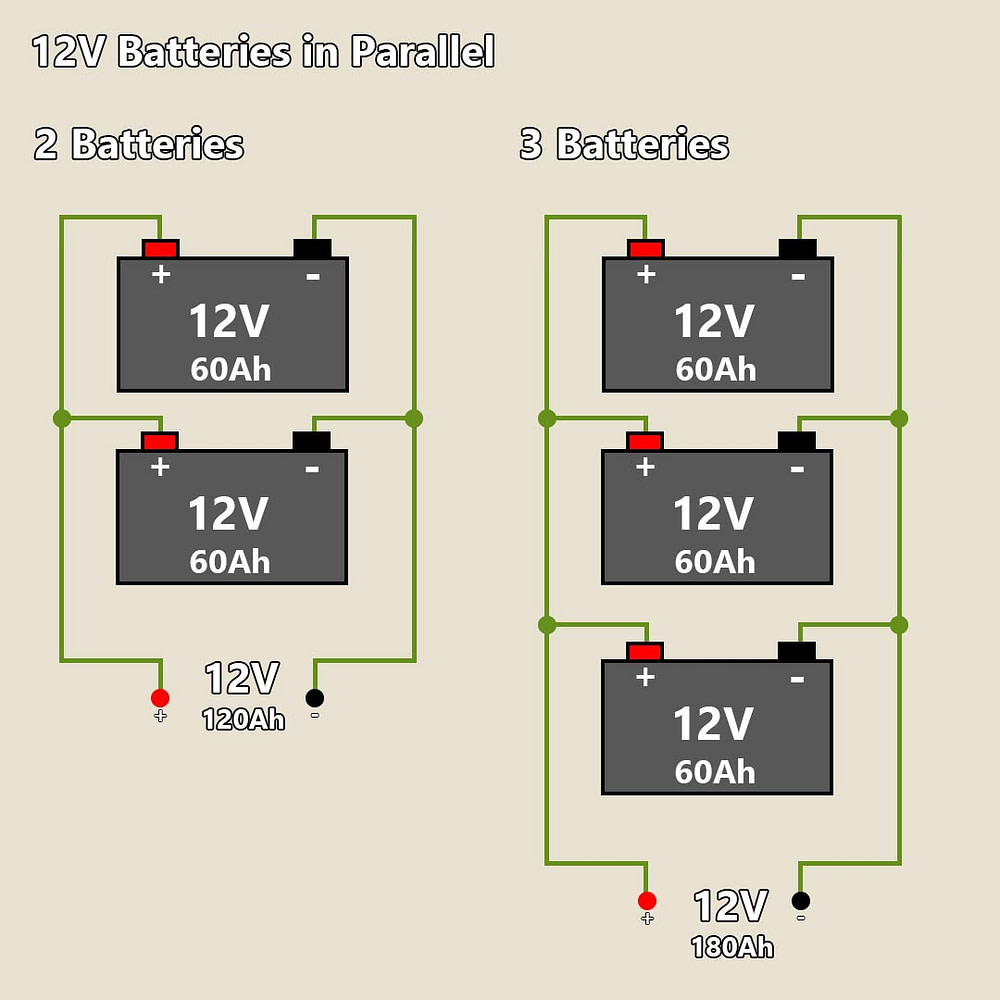

If instead of using 2 loads you connect the cells in series and draw the same current as before the identical current flows through both cells. If a cell will produce say 2000 mA for 1 hour at 3.7V (a typical rating for liIon 18650 cells) then two identical cells will do the same thing if tested independently. A load of say C/10 = 150 mA or C/100 = 15 mA may produce more than 1500 mAh overall BUT a load of say 150 uA = 10,000 x as long = 10,000 hours = about 14 months may produce less than 1500 mAh if the battery self discharges rapidly with time. BUT a 1500 mAh cell loaded at say 5V (5 x 1500 = 7500 mA = 7.5A) will NOT do this for 1/5 hour = 12 minutes - and may not produce 7.5A at all even on short circuit. A cell will generally produce its rated capacity if loaded at its C1 = 1 hour rate. In practice the capacity of a cell varies with loading. While there are (as ever) complications, this means that eg, a 1500 mAh cell will provide 1500 mA for one hour or 500 mA for 3 hours or 850 mA for 2 hours or even 193.9 uA for one year ( 193.9 uA x 8765 hours = 1500 mA.hours). MAh = Product of ma × hours that a battery will provide. The answer can be deduced by considering what mAh capacity means: MAh add when you connect cells in parallel (but there are technical issues which mean that doing this may not be straightforward.) This is not normally done, but it can sometimes make sense to do so. Special and unusual case If two cells are connected in series and they have differing mAh capacities the effective capacity is that of the lower mAh capacity cells. MAh stay the same when you connect cells in series - provided that cells are all of the same mAh capacity.


 0 kommentar(er)
0 kommentar(er)
